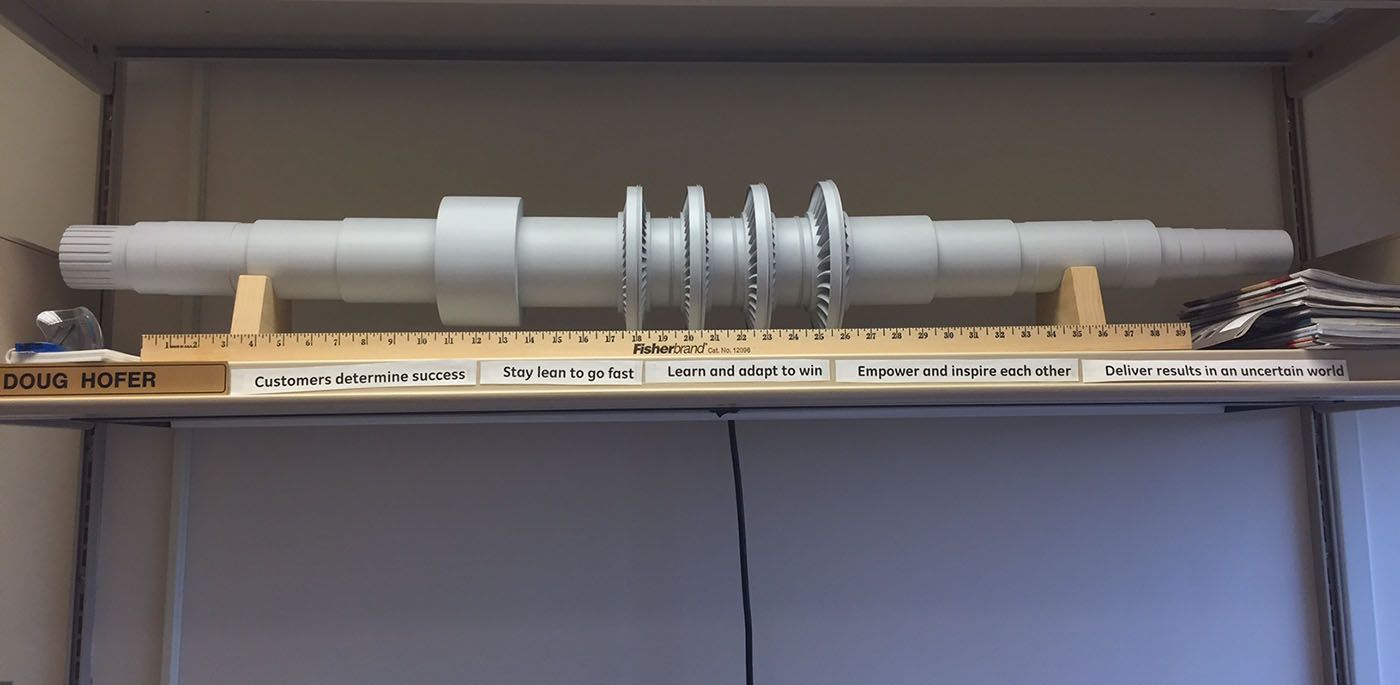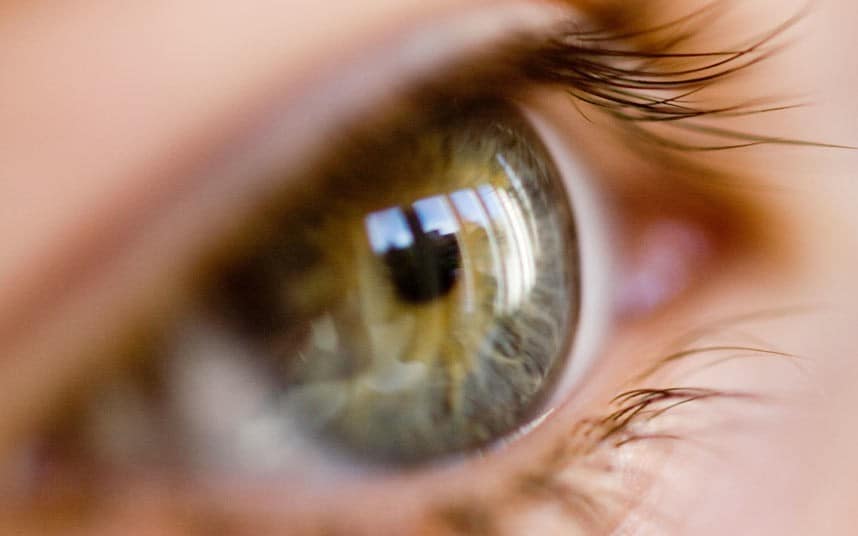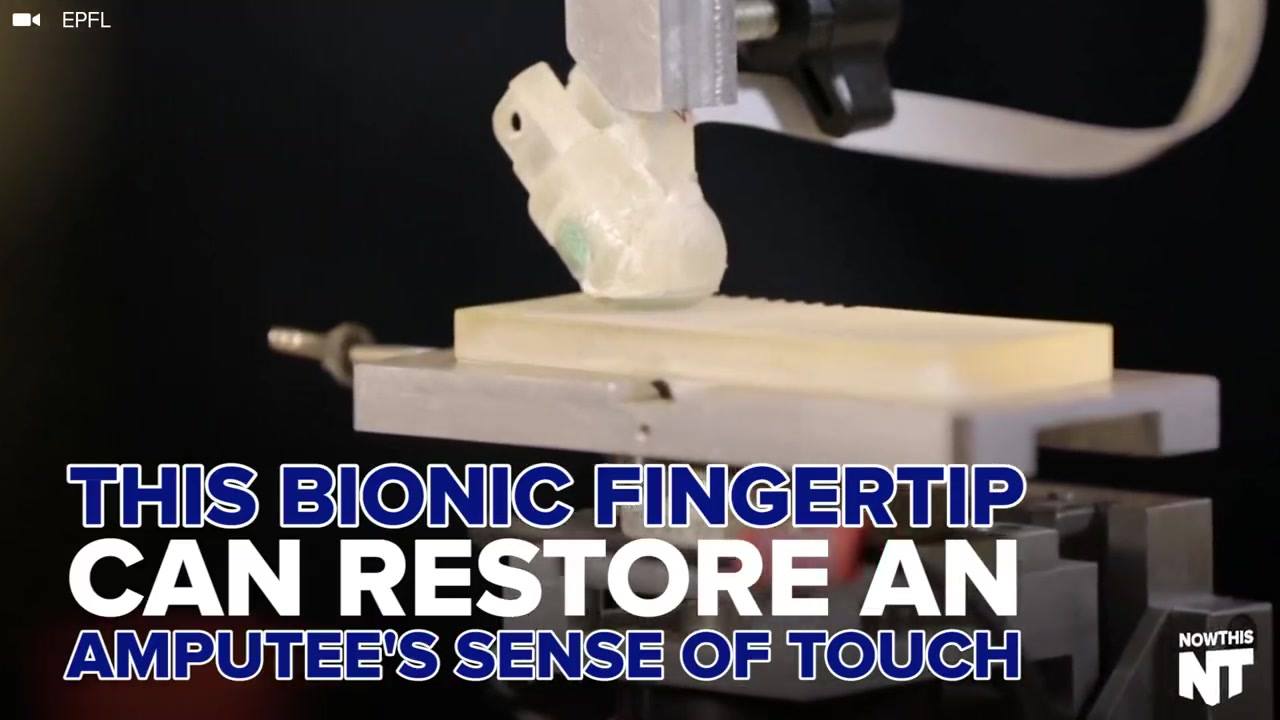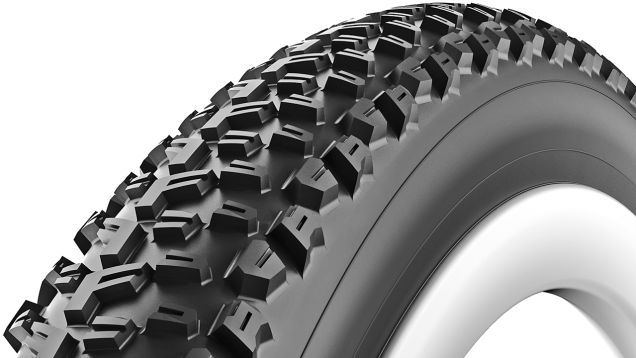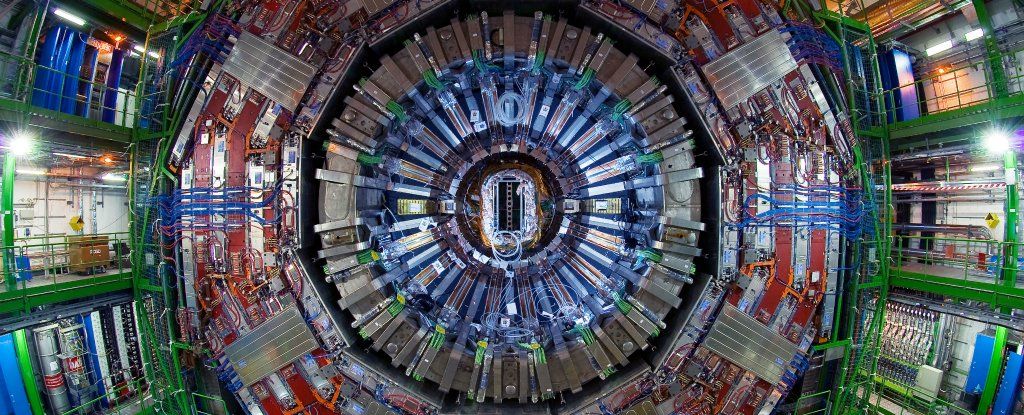Mar 10, 2016
Horizon Media Study Finds Two Thirds of Americans Unaware of Virtual Reality Devices
Posted by Karen Hurst in categories: neuroscience, virtual reality
The realities of VR.
NEW YORK, March 7, 2016 /PRNewswire/ — Horizon Media, the largest and fastest growing privately held media services agency in the world, announced today its most recent research on consumer interest in virtual reality devices. The research was fielded in Finger on the Pulse, the agency’s proprietary online research community comprised of 3,000 people reflective of the U.S. population, and with the social media expertise of Horizon’s Distillery social intelligence team. The research shows that despite extensive media coverage of Oculus Rift, Samsung Gear VR, Google Cardboard and other virtual reality devices, fully two thirds of consumers are unaware of the technology.
Virtual reality – often referred to as “VR” – has been readily embraced by the mainstream media as the shiny, new, technological advancement. Marketers are also understandably excited about the possibilities unleashed by VR technology. But while there is interest among consumers, the survey findings suggest that companies would be well served to walk before they run when incorporating virtual reality activations into marketing plans, at least until the technology reaches greater awareness and scale.


